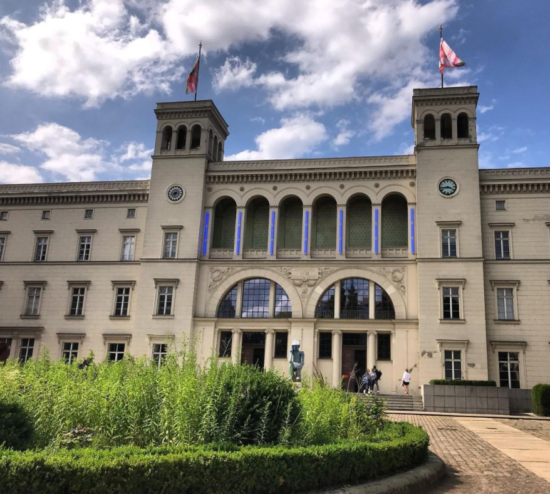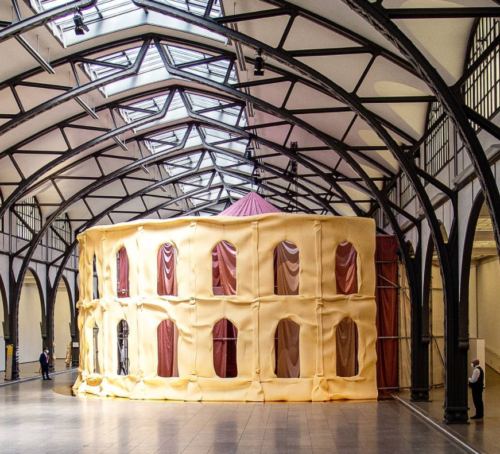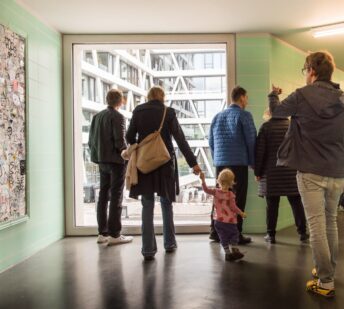Museum für Gegenwart
The Museum für Gegenwart, meaning the Museum of the Present, is as intriguing as its name implies. Heading north towards the Central Station and just north of the Central Station itself, we will find the Hamburger Bahnhof. A former terminus of the Berlin–Hamburg Railway, today the Museum für Gegenwart (Museum of the Present).
The name “Museum of the present” refers to the building’s original function as one of the first terminal stations of the rail system in Germany. It opened as the terminus of the railway line between Hamburg and Berlin in December 1846. The building’s late Neoclassical style was conceived by the architect and railway pioneer Friedrich Neuhaus. It set an architectural precedent for the subsequent designs of Berlin’s train stations through the second half of the 19th century. Today it is preserved as the city’s only train station remaining from that time.


Despite several renovations to the building, the Hamburger Bahnhof could not keep pace with the increasing volume of traffic on the rails, and it closed in 1884. Over the next twenty years, it would be used for residential and administrative purposes before it was finally re-designated as an exhibition hall in 1904, fittingly as a museum of transport and construction. The hall behind the entrance was added to accommodate this museum.
The east wing of the cour d’honneur was built in 1909, and construction of the west wing began in 1914. Even amidst the turbulence of the First World War, the wing was finished by 1916, establishing today’s view of the building from Invalidenstraße. In 1943 however, during the Second World War, the building sustained severe damage. In the subsequent division of Germany, it remained unused for decades, located as it was in the no-man’s land between East and West Berlin.



In February 1984, the Hamburger Bahnhof was absorbed into the administration of West Berlin’s Senate and was partially restored to coincide with the city’s 750th anniversary. The Bahnhof premiered the presentation “Journey to Berlin” in 1987, marking the first time it had been used for exhibitions in over forty years.
One year later, the Senate transferred oversight of the building to the Prussian Cultural Heritage Foundation. Years later, after lengthy reconstruction by architect Josef Paul Kleihues, the Hamburger Bahnhof reopened on 2 November 1996 as a museum of contemporary art, the “Museum für Gegenwart” – for works of the Nationalgalerie Collection and the Marx Collection.



The built surface was expanded significantly to accommodate the long-term loan of the Friedrich Christian Flick Collection, which was exhibited at the museum from 2004 to 2021. The former dispatch warehouses located behind the main building were renovated by the architectural firm Kuehn Malvezzi and connected to the historical building via a passage.
The resulting structures, which became known as Rieckhallen, increased the available exhibition space to approx. 10.000 square meters. Today the Nationalgalerie’s Hamburger Bahnhof – Museum für Gegenwart – Berlin division is one of the largest and most significant public collections of contemporary art in the world. More



